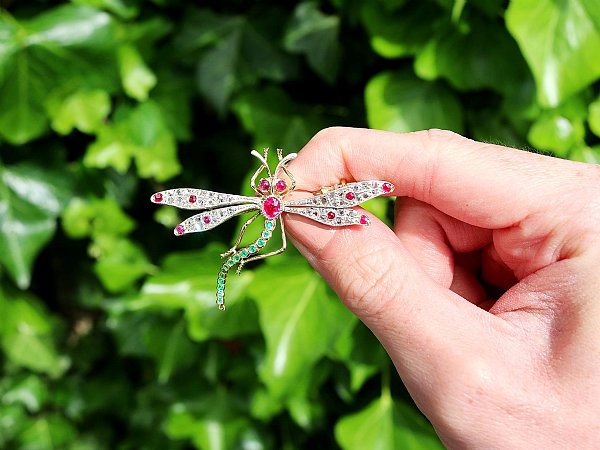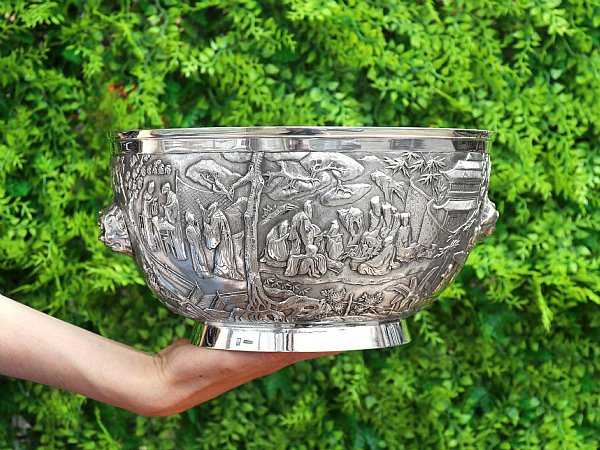Search Results for: '{{searchText}}'
Sorry...
We don't seem to have what you're looking for.
However we do have thousands of magnificent pieces of silver and jewellery available for you to view online. Browse our store using one of these categories.
Please wait for loading data... 
Browse these categories under "Antique and Vintage Silver Vesta Cases"
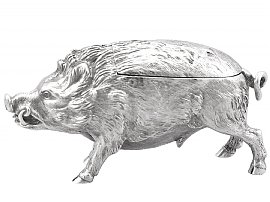
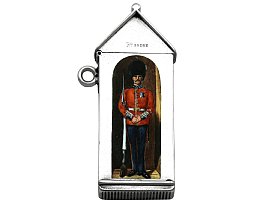
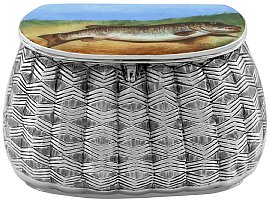
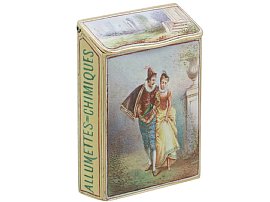
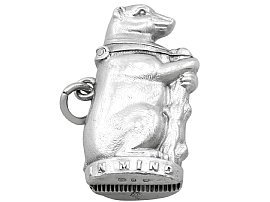

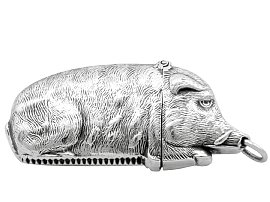
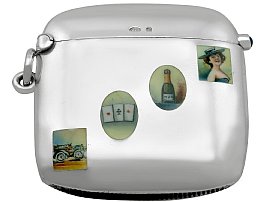

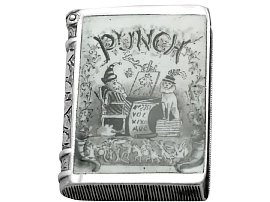
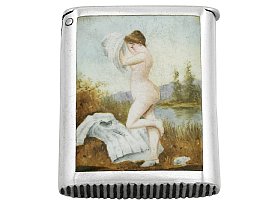

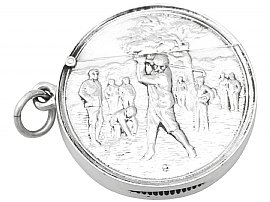
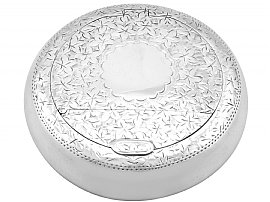

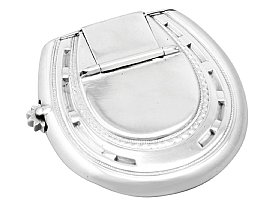

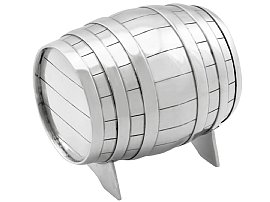
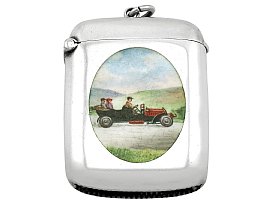
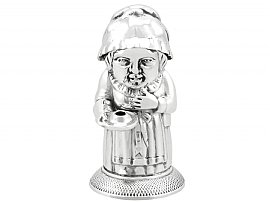

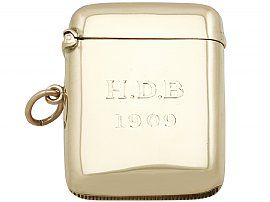
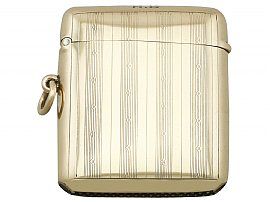
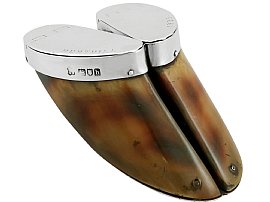
Sterling Silver Boar Vesta Box - Antique Victorian (1880)
Price: GBP £7,950.00Sterling Silver and Enamel Sentry Vesta Case - Antique Victorian (1886)
Price: GBP £4,950.00Sterling Silver and Enamel Vesta Box - Antique Victorian (1889)
Price: GBP £4,950.00French 14ct Gold & Enamel Vesta Case - Antique Circa 1900
Price: GBP £3,795.00Sterling Silver Bear and Ragged Staff Vesta Case - Antique Victorian (1898)
Price: GBP £2,650.00Sterling Silver 'Tortoise' Vesta Box - Antique Victorian (1882)
Price: GBP £2,475.00Victorian Deakin and Francis Sterling Silver Boar Vesta Case
Price: GBP £2,450.00Edwardian Sterling Silver and Enamel Vesta Case
Price: GBP £2,250.00Sterling Silver and Enamel Vesta Case - Antique Victorian (1897)
Price: GBP £2,250.00Victorian Sterling Silver and Enamel Punch and Judy Book Vesta Case - 1886
Price: GBP £1,995.00Sterling Silver and Erotica Enamel Vesta Case - Antique Victorian
Price: GBP £1,755.00Sterling Silver and Enamel Vesta Case by Lawrence Emanuel - Antique Victorian (1891)
Price: GBP £1,645.00Sterling Silver Vesta Case - Antique Edwardian (1906)
Price: GBP £1,645.00Sterling Silver Combination Vesta and Tobacco Box - Antique George V
Price: GBP £1,595.00Sterling Silver Pig Vesta Box - Antique Edwardian (1901)
Price: GBP £1,595.00Sterling Silver Horseshoe Vesta Case - Antique Victorian (1873)
Price: GBP £1,595.00American 10ct Rose Gold Vesta Case - Antique Circa 1910
Price: GBP £1,595.00Sterling Silver Table Snuff/Vesta/Trinket Barrel Box - Antique Victorian (1891)
Price: GBP £1,595.00Sterling Silver and Enamel Vesta Case - Antique Edwardian (1909)
Price: GBP £1,535.00Sterling Silver Taperstick and Vesta Box Compendium - Antique Victorian (1892)
Price: GBP £1,495.00Sterling Silver Vesta Case - Antique (1906)
Price: GBP £1,445.009ct Yellow Gold & Rose Gold Vesta Case - Antique Edwardian
Price: GBP £1,445.009ct Yellow Gold Vesta Case by Adie Brothers Ltd - Antique George V (1922)
Price: GBP £1,445.00Hoof and Sterling Silver Vesta Box - Antique Edwardian (1908)
Price: GBP £1,445.00